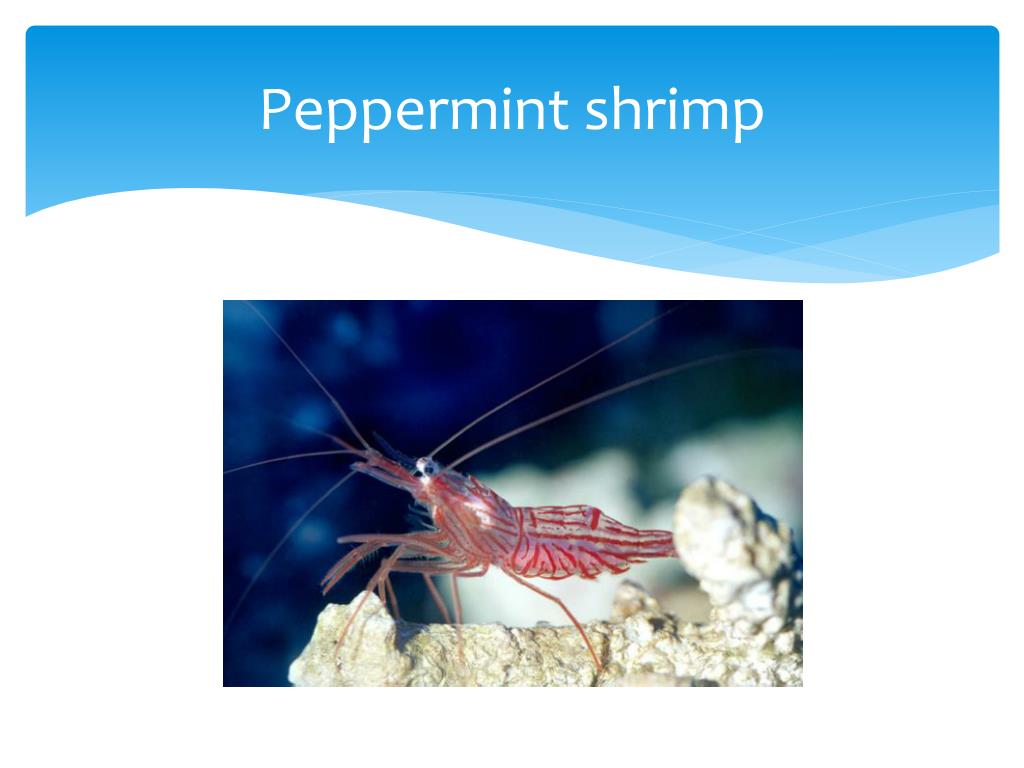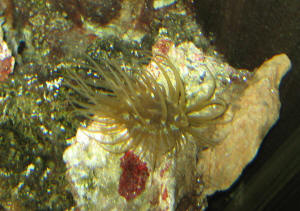
Therefore, the Klein’s is my top pick for butterfly fish that will eat aiptasia. Aditionally they are fairly hardy, will easily accept various foods and they are realitively inexpensive for butterfly fish. some butterfly fish may pick at and harm certain corals but I have kept at least 3 different Klein’s in my personal reef tanks over the years and they have all been peaceful towards the corals. Not to get side tracked but I once had a yellow tang about 15 years ago that would let me pet him like a dog while other yellow tangs would dart off every time I approached the tank. Like people, fish can behave very different from one another.

Fish behavior can very from fish to fish, even in the same species, so choosing a butterfly fish can sometimes be tricky. If the fish dies or you decide to pull him/her out of the aquarium then chances are high that the aiptasia will come back. Additionally, as touched on above, fish have a hard time getting to all of the aiptasia in an aquarium. All of the Butterfly fish listed above are best suited for aquariums 120 gallons and larger so if your tank is smaller than 120 gallons then we don’t recommend picking up one of these fish. Of the fish listed above, which one would you choose? Well, for me, it would be the Klein’s Butterfly fish but only if your aquarium is at least 120 gallons and you don’t mind if the Klein can’t eat every living cell of Aiptasia growing in your system. Still, the right peppermint shrimp are a great way to manage aiptasia in a reef aquarium but don’t be surprised if they return when the shrimp have died out. Typically peppermint shrimp can’t physically get to each and every single speck of aiptasia tissue on every aiptasia within an aquarium thus it’s not uncommon for aiptasia to regrow once the shrimp are gone. Even if a little bit of the aiptasia tissue is left behind (a cell or 2) this tissue can regrow into to a new anemone after the peppermint shrimp have died off. Another reason to consider berghia over Lysmata shrimp is that shrimp often can’t physically get to the entire aiptasia polyp. Rhynchocinetes durbanensis have a pointed nose and interspaced white stripes over it’s body and Lysmata seticaudata does not. So how can you tell the difference? It’s pretty easy if you take you time and look closely at the “nose” of the shrimp. Rhynchocinetes durbanensis don’t recognize aiptasia as a potential food source since it’s not indigenous to the habitat from where they are collected. Unfortunately stores don’t always get what they think they are getting and all too often the wrong shrimp are sold as a cure for aiptasia and then the aquarists feels jilted when the cure doesn’t turn out to be a cure at all. Too often people pick up peppermint shrimp at the local fish store and they turn out to be the wrong ones ( Rhynchocinetes durbanensis – Pacific Ocean). So the question presents itself, “Why doesn’t everyone use these little guys instead of berghia?” For one, the problem lies with identification.


The great thing about Peppermint Shrimp is that they eat aiptasia rapidly and they can easily clean up a tank in a few days to a couple of weeks.

As a result of their less selective diet they don’t die off if the aiptasia disappear from sight. Aiptasia Eating Peppermint Shrimp are best known for their ability to manage nuisance Aiptasia but they will also eat fish food and other organics in the home aquarium.


 0 kommentar(er)
0 kommentar(er)
